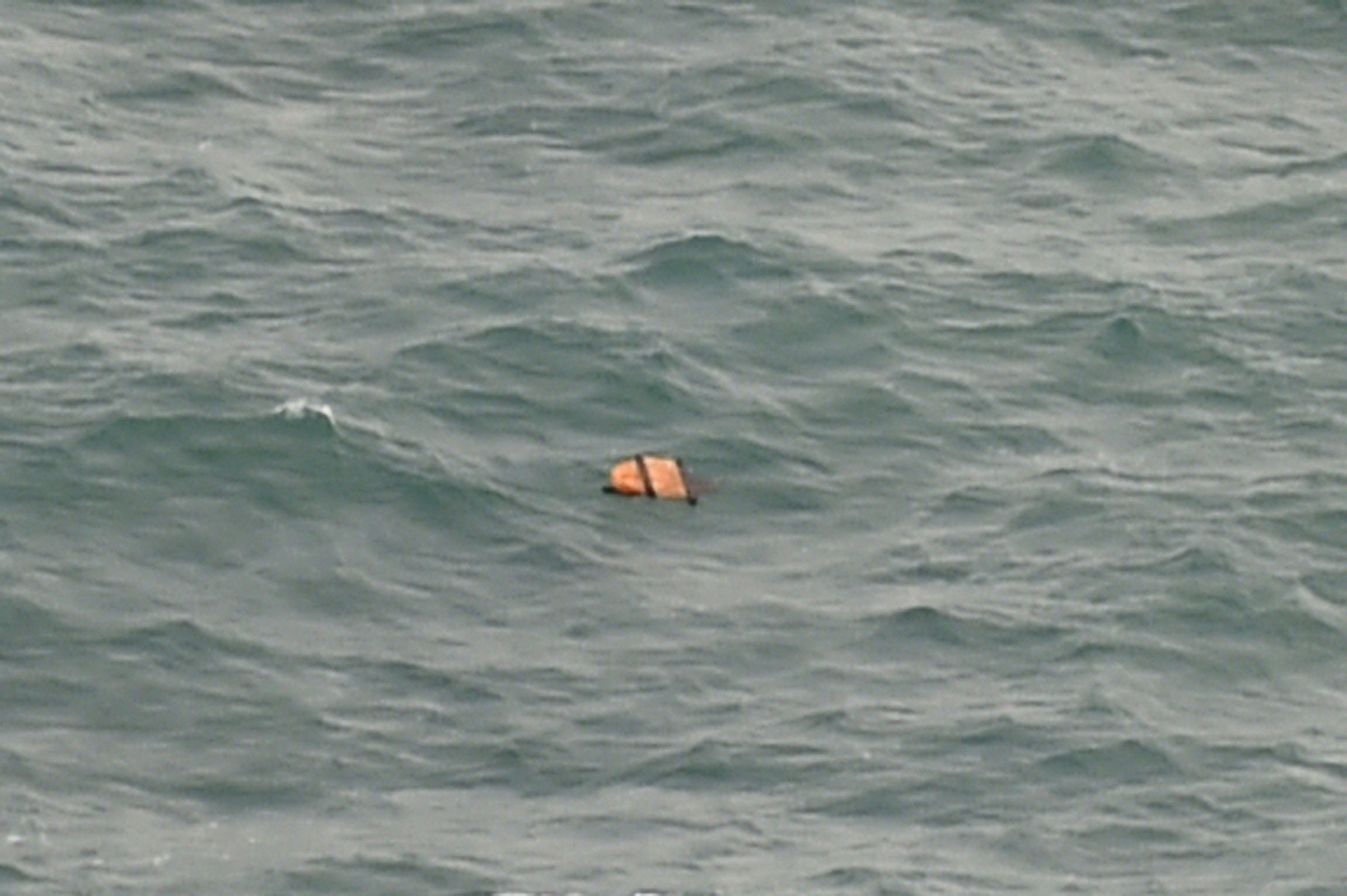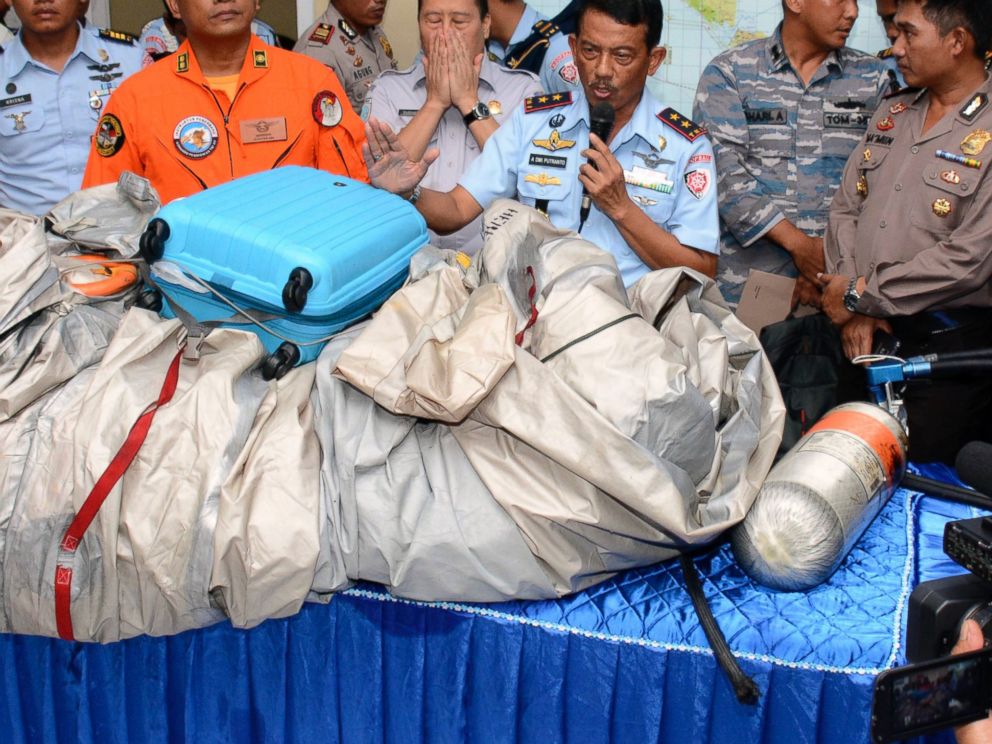AirAsia Crash: Leading Theories About What Caused Plane to Go Down
— -- The prospect that a small explosion caused AirAsia flight QZ8501 to crash is one theory being considered to explain the plane crash, an aviation expert told ABC News.
John Nance, a former Air Force pilot and ABC News consultant, says that a bomb may have gone off inside the aircraft which would explain why it abruptly went off radar screens and sent no distress signals in the moments before it crashed into the Java Sea on Sunday with 162 people on board.
"Maybe one that wasn't strong enough to blow the airplane into pieces at altitude, but maybe one that blew the control cables from the hydraulics," Nance told ABC News.
The plane is thought to be largely intact because search and rescue workers believe they see the shadow of a plane in the relatively shallow water.
Another possible explanation is that the AirAsia flight QZ8501 suffered a similar disaster that doomed an Air France crash in 2009 as it traveled from Rio de Janeiro to Paris and crashed in the Atlantic Ocean.
In that situation, in a similar model AirBus plane, air speed measurement tools called Pitot tubes froze, causing the pilot to believe that they were going at a much faster pace than they actually were. Nance said he believes it is possible that the AirAsia plane inadvertently stalled, but suspects the stall could have been caused by trying to avoid a storm rather than having the Pitot tubes failing.

The pilot could have inadvertently stalled the plane by abruptly trying to increase his altitude despite ground control's refusal of his request to fly higher, Nance said. But a stall while trying to climb would not explain the abrupt end of the plane's radar signal, he noted.
"It's just sitting there and coming down out of the sky at an unsurvivable speed," Nance said of the stall theory.
Steve Ganyard, a former Marine Corps fighter pilot and ABC News consultant, said that if the plane is largely intact that could point to a slower crash caused by a stall, though he did not elaborate on the possible reasons for a stall.
"If there is in fact a shadow that looks like an airplane underwater, it would suggest that the airplane came down fairly slowly," Ganyard said on "Good Morning America." "Maybe it was in a stall, mushing to the ground at maybe 100, 150 mph. It did not hit at a very high rate of speed, which would have dispersed lots of debris all over and we wouldn't see that shadow."

The experts, however, point out that the Air France stall occurred when it was dark out, meaning that the pilot would not have been able to see the horizon line, which would have alerted the pilots that the plane's nose was tipping up. Sunday's AirAsia flight took place in the morning at an hour when sunlight would have been visible over the horizon, meaning that the pilots should have been able to see that problem and have enough time to fix it.
Since the pilot's last call to ground control came when he requested permission to move to a higher altitude to avoid a storm, many have put some of the blame on the weather.
Nance said that it is possible that the pilots "overstressed the airplane by flying into a storm," though he largely dismissed that explanation on the grounds that the pilot should have had use of radar and would have had information to avoid a serious storm.
The prospect of a controlled ditching also seems unlikely to Nance, who said that while "some kind of major emergency" like an uncontrollable fire or the loss of all fuel could lead a pilot to try to land quickly, that would have also involved an emergency call to air traffic control which did not happen in this case.
"It's really puzzling," he said.
The only other explanation would be a pilot murder-suicide, which Nance said was the case in at least three other crashes in the past 20 years.




